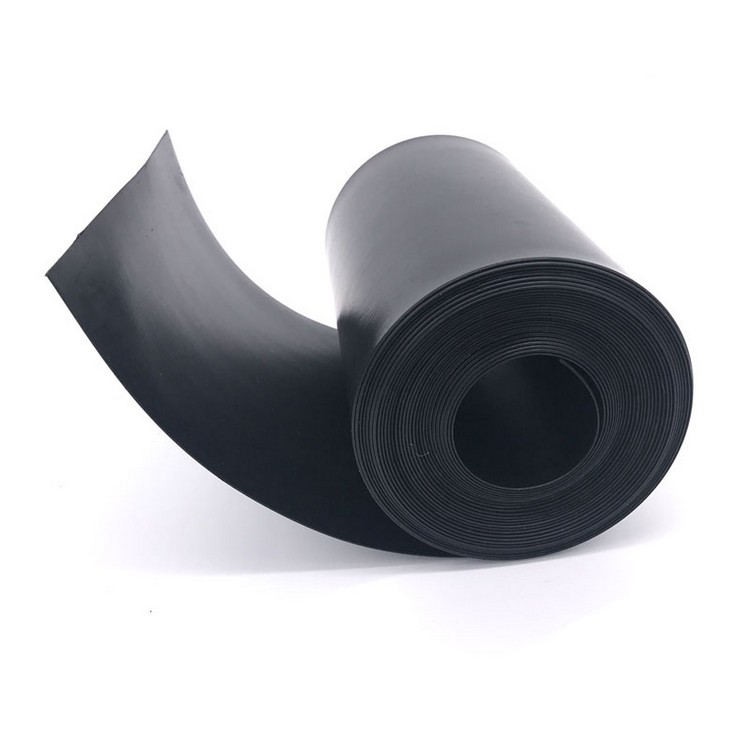There are good reasons plastic cutting boards are the preferred choice for commercial food preparation. High-density polyethylene (HDPE) is extremely durable, impervious to liquids, and has a forgiving surface that is kind to knives. These same qualities make HDPE a useful raw material for workshop projects. Cutting boards are readily available at thrift shops and dollar stores— but you’re more likely to find the thicker, better quality ones at a thrift store. The dollar-store ones are thinner and more brittle.
There are a bunch of uses for this material, and it can be easily worked with standard tools: Smooth Membrane

1. Cut pieces of HDPE to match the footprint of picnic-table or Muskoka-chair legs and attach the plastic feet with screws. These high-density pads protect the ends of the legs from moisture and make it easier to drag the tables and chairs around.
2. HDPE makes excellent bumpers. Folding swim ladder digging into your dock? Attach an HDPE pad to the problem area to stop abrasion.
3. HDPE is also great for repairs in wet areas. I recently removed a broken gauge from the dashboard of my boat. An HDPE patch, secured with stainless steel screws, made a neat, weatherproof, and near-indestructible fix.
This article was originally published in the Winter 2022 issue of Cottage Life.
Get Dockside DIY, for tips on how to maintain your cottage…and then some
By submitting your information via this form, you agree to receive electronic communications from Cottage Life Media, a division of Blue Ant Media Solutions Inc., containing news, updates and promotions regarding cottage living and Cottage Life's products. You may withdraw your consent at any time.

Geomembrane Cottagelife.com is part of the Blue Ant Media Canada network © 2023 Blue Ant Media